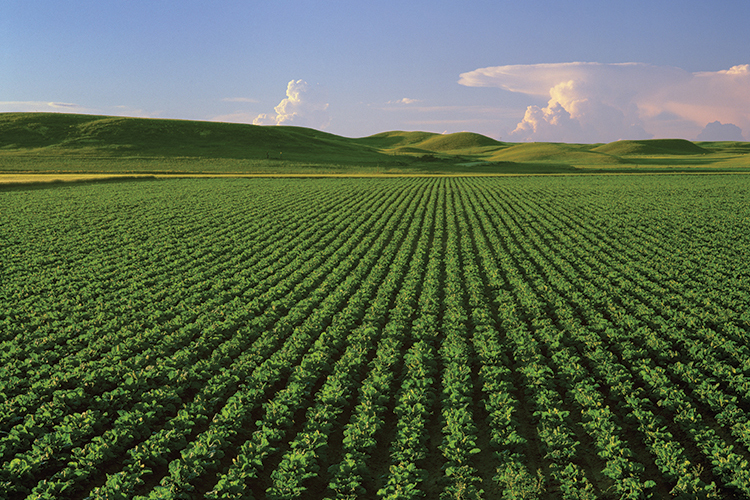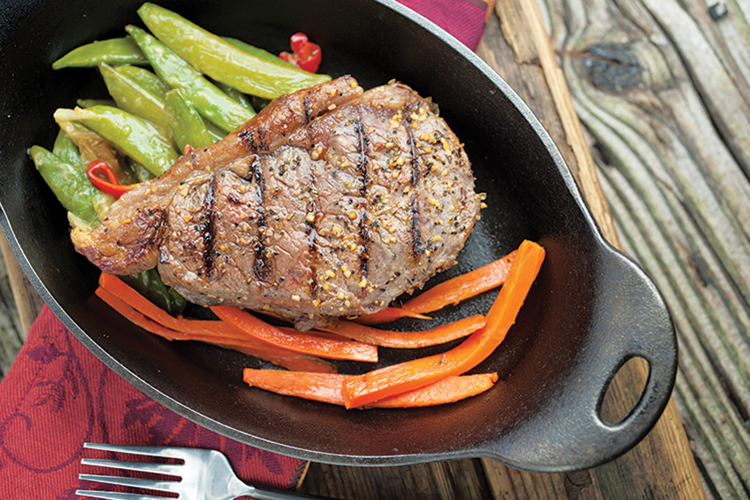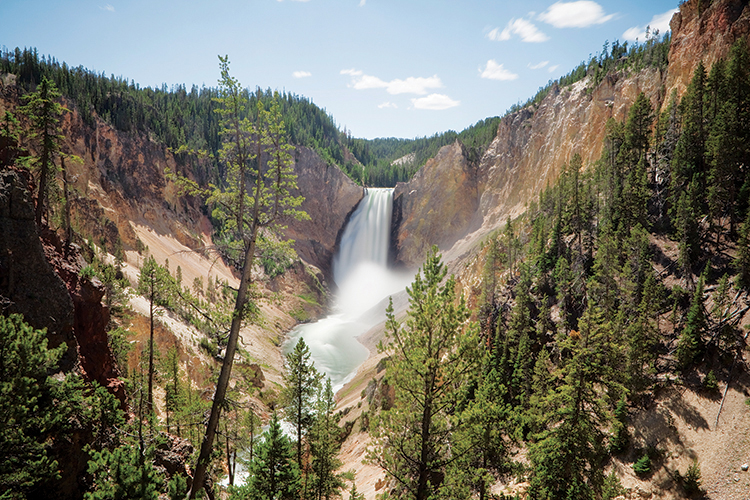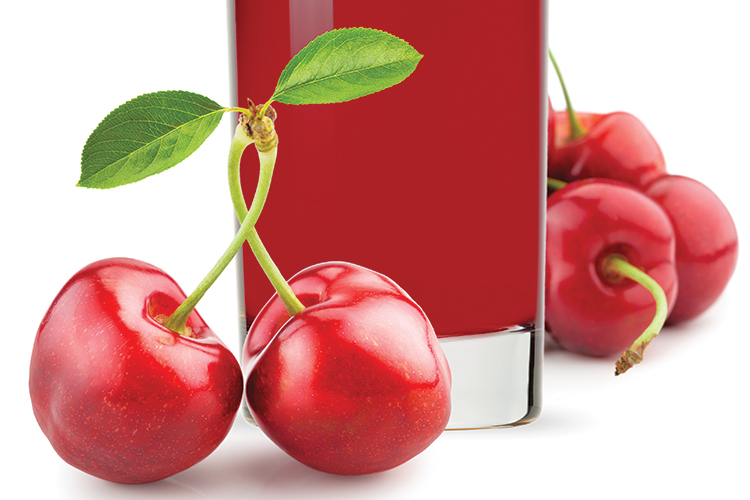Home > Montana > Montana Farm to Table > Montana: Wide Open Agriculture
Montana: Wide Open Agriculture

A visit to Montana is a visit to the true American West, where vast skies, fresh, crisp air and crystal clear water welcome you. There’s no shortage of nature in its purest form, as the Big Sky State is home to Yellowstone and Glacier National Parks, as well as Triple Divide Peak, where water flows freely into three separate oceans.
The abundance of natural resources creates an extremely fertile environment for Montana’s largest industry – agriculture. The state boasts almost 28,000 farms and ranches spread across 59.7 million acres. They are exceptionally large, averaging 2,134 acres each.
Producing a wide range of commodities, wheat and beef top Montana’s list. However, you’ll also find sweet cherries, sugar beets, seed potatoes and hay, to name a few. Montana is a national leader in the production of certified organic wheat, dry peas, lentils and flax, and ranks No. 2 in the U.S. for its honey and pollination industry. Altogether, the Big Sky State’s agriculture industry brings an average of $5.2 billion to the economy annually.
In an effort to push Montana’s industry forward, farmers, ranchers and those involved in agriculture are doing more than just growing crops and commodities.
![Montana ag industry [INFOGRAPHIC]](https://eadn-wc01-4177395.nxedge.io/wp-content/uploads/2020/05/Screen-Shot-2016-03-17-at-12.33.39-PM.jpg)
Montana State University launched a research endeavor in the state’s fruit sector to find the best cultivars for the state and provide more locally grown produce to consumers. More research is being done in other areas to promote sustainability and best management techniques. The Montana Department of Agriculture is working to diversify crops grown in the state with its specialty crop block grants. And other groups are focusing on better ways to easily distribute local foods to consumers.
The state continues to uphold its reputation overseas as well. Montana wheat is sought after worldwide for its exceptional quality, and exports are an important aspect of the overall industry. These efforts and more are sure to keep Montana agriculture on top.

Bison: Treat Yourself
If you’ve got a carnivore craving, Montana bison is a delicious option.
Similar in taste to beef, bison is slightly richer and sweeter. Montana ranchers raise grass-fed bison in a stress-free environment, providing some of the leanest meat for consumer consumption. It can be cooked in most of the same ways as beef, making for great burgers, meatloaves and kabobs.
Bison meat is good for you, too. It’s nutrient-dense due to the proportion of protein, fat, minerals and fatty acids compared to the number of calories it contains. It’s also shown to have higher levels of iron.

Natural Beauty
Montana proudly displays some of Mother Nature’s best works. The ideal place to see them is at Yellowstone and Glacier National Parks, both located in Montana.
Glacier National Park is home to pristine forests, meadows, rugged mountains and more than 700 miles of trails – a hiker’s paradise. Its nickname, Crown of the Continent, comes from the stretch of Rocky Mountains that runs unbroken for 250 miles, creating a skyline that can be seen above the land.
Yellowstone contains most of the United States’ – and the world’s – preserved geysers, including one of the most famous, Old Faithful. It’s home to a great variety of wildlife, including grizzly bears, wolves and herds of bison, and it takes the title as America’s first National Park, established in 1872.
Learn more about Montana’s national through the National Park Service.
Juiced Up
Sweet Montana cherries will soon be enjoyed as tasty juice, thanks to a Growth Through Agriculture grant.
The Flathead Lake Cherry Growers received a $50,000 grant to put toward a new processing facility for cherry and fruit juice products, which will be built near Bigfork.
The Growth Through Agriculture grant program was developed to strengthen and diversify Montana’s industry through new products, and cherries are a significant crop for the state, bringing $3.9 million to Montana in 2014.
![Montana ag industry [INFOGRAPHIC]](https://eadn-wc01-4177395.nxedge.io/wp-content/uploads/2020/05/Screen-Shot-2016-03-17-at-3.06.22-PM.png)
![Montana ag industry [INFOGRAPHIC]](https://eadn-wc01-4177395.nxedge.io/wp-content/uploads/2020/05/Screen-Shot-2016-03-17-at-3.06.32-PM.png)




